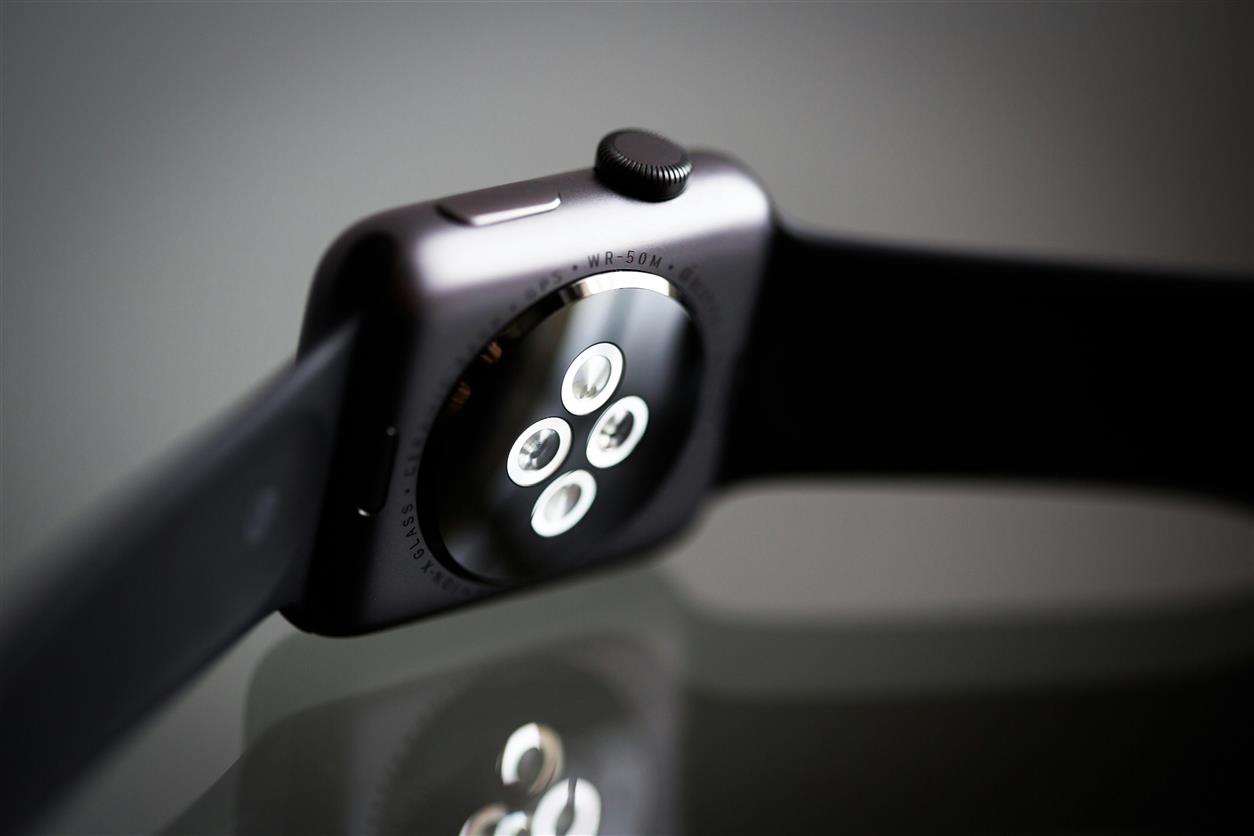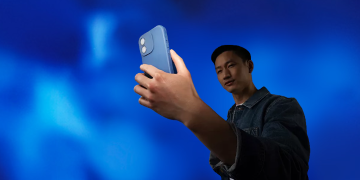
Introduction
Wearable technology has emerged as a transformative force in the realm of personal health and fitness. From the simple fitness tracker to sophisticated health monitoring devices, these innovations have revolutionized how individuals approach their well-being. This essay explores the evolution, impact, and future of wearable technology, focusing on its role in fitness tracking and health monitoring.
The Evolution of Wearable Technology
Early Developments
The concept of wearable technology is not entirely new. Early forms of wearable devices can be traced back to the 1960s when technology enthusiasts experimented with computer-assisted devices. However, the modern era of wearable technology began in the 21st century with advancements in microelectronics, sensors, and wireless communication. The launch of the first fitness trackers and smartwatches marked the beginning of a new era in personal health management.
The Rise of Fitness Trackers
Fitness trackers emerged as one of the first popular forms of wearable technology. These devices were designed to monitor physical activity and provide users with feedback on their fitness levels. The early models focused on step counting, calorie expenditure, and distance traveled. Over time, fitness trackers evolved to include features such as heart rate monitoring, sleep tracking, and GPS functionality.
The Advent of Smartwatches
Smartwatches, which combine the functionality of a traditional watch with advanced computing capabilities, further expanded the scope of wearable technology. Early smartwatches offered notifications for calls, messages, and emails, while newer models incorporated health and fitness tracking features, such as ECG (electrocardiogram) monitoring and blood oxygen level measurement.
Fitness Trackers: Key Features and Benefits
Activity Tracking
Fitness trackers are primarily designed to monitor and record physical activity. They use accelerometers and gyroscopes to measure movement, allowing users to track metrics such as steps taken, distance covered, and calories burned. This data helps users set and achieve fitness goals, maintain an active lifestyle, and improve overall health.
Heart Rate Monitoring
Modern fitness trackers are equipped with optical heart rate sensors that use light to measure blood flow and determine heart rate. Continuous heart rate monitoring provides users with insights into their cardiovascular health, exercise intensity, and recovery periods. Some devices also offer heart rate variability (HRV) analysis, which can indicate stress levels and overall well-being.
Sleep Tracking
Sleep tracking is another crucial feature of fitness trackers. By monitoring movement and heart rate during sleep, these devices provide insights into sleep patterns, duration, and quality. Users can analyze their sleep data to identify issues such as sleep apnea or insomnia and make adjustments to improve their sleep hygiene.
GPS and Navigation
Many fitness trackers now include GPS functionality, enabling users to track their routes, pace, and distance during outdoor activities such as running, cycling, and hiking. GPS data enhances the accuracy of activity tracking and provides users with detailed information about their workouts and exploration.
Health Monitoring Devices: Advancements and Applications
Wearable ECG Monitors
Electrocardiogram (ECG) monitors are wearable devices that measure the electrical activity of the heart. These devices can detect irregularities in heart rhythms, such as atrial fibrillation (AFib), which may indicate underlying heart conditions. Wearable ECG monitors are increasingly used for early detection and management of cardiovascular diseases.
Blood Oxygen Monitors
Blood oxygen monitors use pulse oximetry technology to measure the oxygen saturation levels in the blood. This information is crucial for individuals with respiratory conditions, such as chronic obstructive pulmonary disease (COPD) or asthma. Wearable blood oxygen monitors help users manage their condition and seek medical attention when necessary.
Glucose Monitors
Continuous glucose monitors (CGMs) are wearable devices used primarily by individuals with diabetes. These devices provide real-time monitoring of blood glucose levels through sensors placed under the skin. CGMs offer valuable insights into glucose trends, helping users manage their diabetes and adjust their diet and medication accordingly.
Smart Clothing
Smart clothing, equipped with embedded sensors and conductive fabrics, represents an innovative advancement in wearable technology. These garments can monitor various physiological parameters, such as body temperature, muscle activity, and heart rate. Smart clothing has applications in sports performance analysis, rehabilitation, and general health monitoring.
The Impact of Wearable Technology
Personal Health Management
Wearable technology empowers individuals to take control of their health by providing real-time data and insights. Users can monitor their activity levels, track their progress, and make informed decisions about their lifestyle. This self-awareness promotes healthier habits and encourages proactive management of personal well-being.
Preventive Healthcare
Wearable devices play a significant role in preventive healthcare by enabling early detection of potential health issues. For example, continuous heart rate monitoring can identify irregularities that may require further investigation. Early detection allows for timely intervention and can prevent the progression of chronic diseases.
Data-Driven Insights
Wearable technology generates vast amounts of health data, which can be analyzed to identify patterns and trends. This data-driven approach helps users and healthcare providers make evidence-based decisions. For instance, analyzing sleep patterns can help address sleep disorders, while tracking physical activity can guide fitness regimens.
Integration with Healthcare Systems
Wearable technology is increasingly integrated with healthcare systems, enabling seamless data sharing between patients and healthcare providers. Integration facilitates remote monitoring, telemedicine consultations, and personalized treatment plans. This connectivity enhances the overall efficiency and effectiveness of healthcare delivery.
Challenges and Considerations
Data Privacy and Security
One of the primary concerns with wearable technology is data privacy and security. Wearable devices collect sensitive health information, which must be protected from unauthorized access and breaches. Ensuring robust data encryption, secure storage, and transparent data handling practices are essential for safeguarding user privacy.
Accuracy and Reliability
The accuracy and reliability of wearable devices can vary depending on the technology and manufacturer. Users should be aware of the limitations of their devices and seek professional medical advice for accurate diagnosis and treatment. Continuous improvements in sensor technology and calibration processes aim to enhance the precision of wearable health monitoring.
User Compliance and Behavior
The effectiveness of wearable technology relies on user compliance and engagement. For devices to provide meaningful data, users must consistently wear and use them as intended. Encouraging user adherence and integrating wearable technology into daily routines are critical for maximizing its benefits.
The Future of Wearable Technology
Integration with Artificial Intelligence
The integration of artificial intelligence (AI) with wearable technology holds great potential for advancing health monitoring and fitness tracking. AI algorithms can analyze complex health data, identify patterns, and provide personalized recommendations. For example, AI-powered algorithms can predict potential health issues based on historical data and offer real-time feedback.
Advancements in Sensor Technology
Future advancements in sensor technology will continue to enhance the capabilities of wearable devices. New sensors with improved accuracy, miniaturization, and multi-functionality will enable more comprehensive health monitoring. Innovations in materials and fabrication techniques will also contribute to the development of more comfortable and durable wearables.
Expansion of Health Applications
The range of health applications for wearable technology is expected to expand in the coming years. Emerging areas include mental health monitoring, stress management, and advanced diagnostics. Wearable devices may also integrate with other health technologies, such as electronic health records (EHRs) and personalized medicine platforms, to provide a holistic view of an individual’s health.
Greater Focus on Personalization
Personalization will be a key focus in the future of wearable technology. Devices will increasingly offer tailored recommendations based on individual health data, preferences, and goals. Personalized feedback and insights will help users achieve their specific health and fitness objectives more effectively.

Conclusion
Wearable technology has made significant strides in transforming how individuals approach their health and fitness. From fitness trackers to advanced health monitoring devices, these innovations have empowered users to take control of their well-being and make informed decisions about their lifestyle. As technology continues to evolve, the future of wearable devices promises even greater advancements in health monitoring, personalization, and integration with other technologies.
While challenges such as data privacy, accuracy, and user compliance remain, ongoing research and development in wearable technology are addressing these issues and driving progress. The integration of artificial intelligence, advancements in sensor technology, and the expansion of health applications will further enhance the impact of wearable technology on personal health and wellness.
In summary, wearable technology represents a transformative force in the realm of health and fitness, offering valuable insights and opportunities for improving well-being. As the technology continues to advance, it will play an increasingly pivotal role in shaping the future of personal health management and healthcare delivery.










